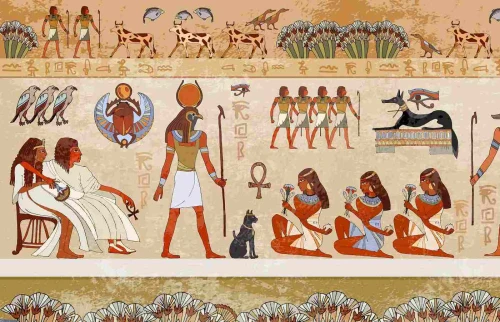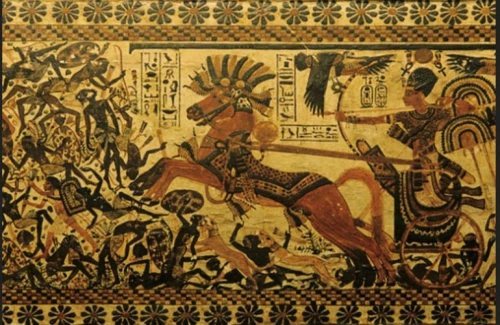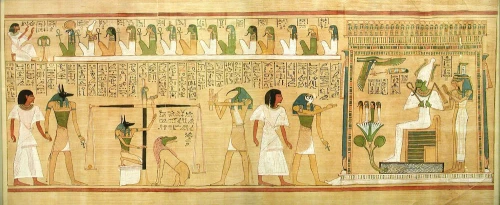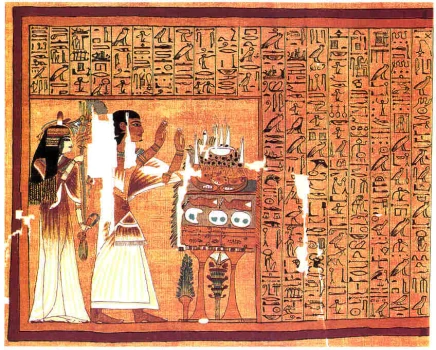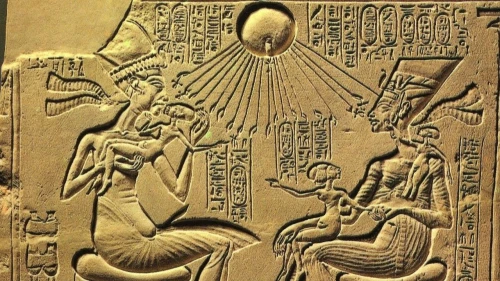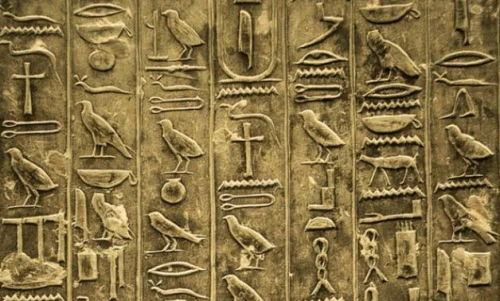
HIEROGLYPHS Script was used by the ancient Egyptians. When the Greeks came to Egypt, they called Egyptian writing hieroglyphs or sacred carvings, since only the priests could read them. To the ancient Egyptians, the message conveyed by the hieroglyphs was not the only concern. The aesthetics, the shape, and placement of each sign were of great importance as well.
In some instances, the hieroglyphs were believed to be magical, and they were rendered with the utmost care. The ancient saying, magic is everywhere, suggests their belief in the magical nature of hieroglyphs. Tacitus, the Roman historian, tells us that in the first-century A.D when the Roman emperor Germanicus visited the ruins of Thebes, he was curious about the hieroglyphic inscriptions on the walls of the tombs and temples. He found an old man wandering through the crumbling buildings who claimed he could read the carvings.
When the last Egyptian priest died, knowledge of the sacred script was lost, and for almost 1,500 years, scholars wondered what the carvings meant. Numerous attempts were made to decipher the hieroglyphic inscriptions, but they all failed because it was assumed that the signs were picture writing that the carving of a foot represented a foot, and so on. Not until the eighteenth century did linguists propose that the ancient Egyptian language was for the most part composed of signs that had a phonetic value they represented sounds, not objects. However, a select group of hieroglyphs, called determinatives, are pictograms, and they represent what they depict, such as the sun or a figure of a person.
Ultimately, the secret to deciphering hieroglyphs was discovered thanks to exceptional intellect and good fortune. In order to study the ancient Egyptian architecture and art, Napoleon sent a sizable group of experts into Egypt in 1798 when he invaded with his troops. As Napoleon's forces were defending the northern shore of Egypt in the summer of 1799, the expedition made its most important discovery.
They came upon a big black stone during their excavation that would eventually become known as the Rosetta stone. It was written in three different scripts: hieroglyphs, Greek, and demotic. The first hints for translating hieroglyphs were provided by this fortunate discovery for researchers. The ancient writing was read for the first time in 1,500 years by the French linguist Jean-Francois Champollion after extensive research. Below is the traditional Egyptian alphabet, which was used in Egypt for around 3,000 years.
Despite the vowels not being written by the Egyptians, some of the marks are still employed to indicate vowels in current names. So, the Egyptian vulture may be substituted for the letter, the arm for the letter, etc. Write current names in hieroglyphs by phonetically pronouncing them and then using the symbols that correspond to those sounds. A sound such an L, is omitted if there is no indication that it should be present. It is not a translation but a transliteration to represent sounds written in one script with characters from another script when hieroglyphs are used to write contemporary names. The Arabic-based current Egyptian language has nothing to do with this writing system.
 English
English
 Spain
Spain

